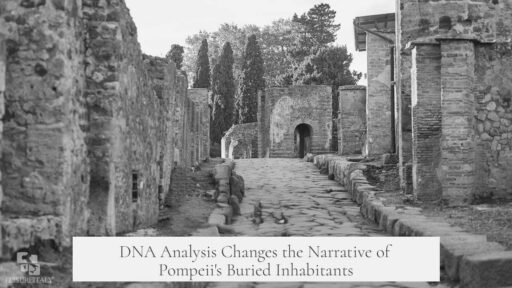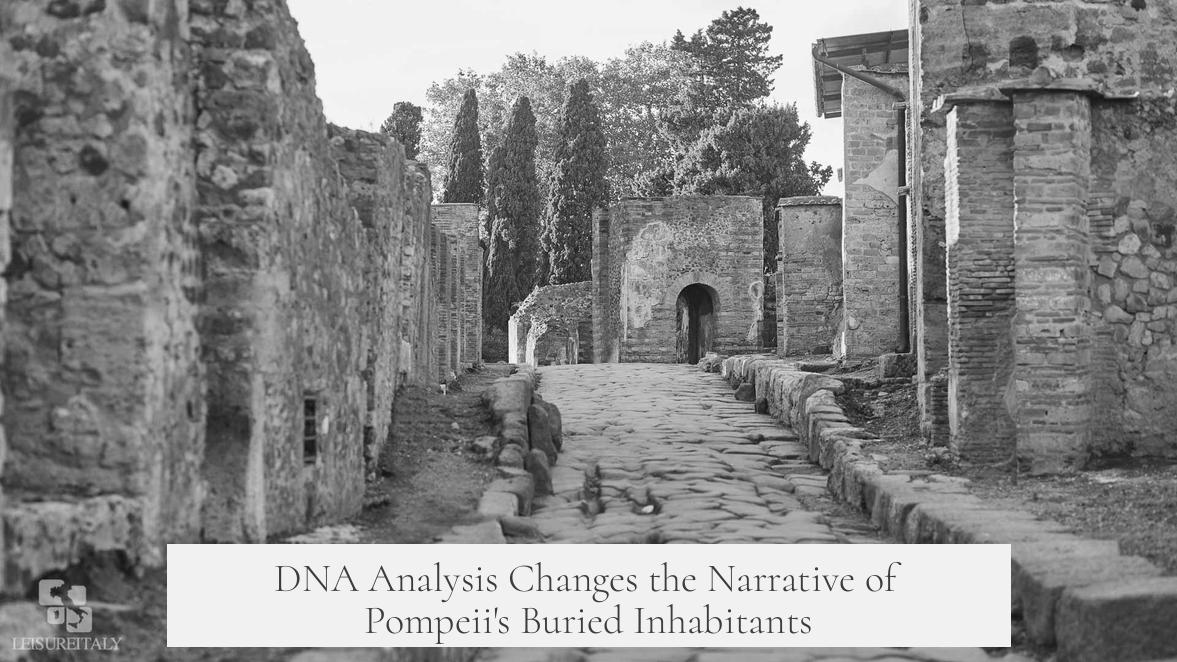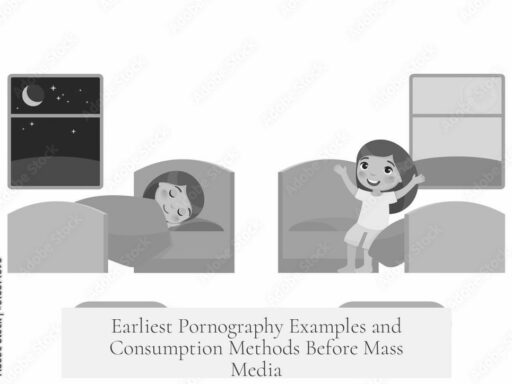DNA analysis transforms understanding of Pompeii’s buried inhabitants, revealing unexpected diversity and challenging previous assumptions. Genetic testing shows many plaster-cast figures do not match the identities or relationships once believed. This shifts views on their identities and Pompeii’s population structure.
DNA disproves the presumed biological bond between a man and a child he holds in a famous cast. He is not her genetic father. Yet, Romans often adopted children, so the story of their connection remains plausible. The man likely believed she was his daughter before death.
The genetic data also highlight Pompeii’s complex demographics. The town housed a more diverse group than once assumed. Earlier narratives based on artifacts and position have been overly simplified.
Some casts show individuals in poses that contradict distress expected from volcanic ash suffocation. Many appear calm, lying side by side or embracing. This suggests they might have been dead or unconscious before the ash arrived.
Questions remain about preservation and excavation methods. Ash hardened to preserve body shapes, leaving hollow spaces after organic material decomposed. Bones typically do not decay, yet casts show hollows without bones, raising questions.
The technique used to fill these voids with plaster required great care to avoid air bubbles. Finding these hollows intact after centuries is remarkable given environmental and biological processes.
- DNA challenges assumptions about familial links in casts.
- Pompeii’s population was more genetically diverse than thought.
- Many casts dispute signs of panic before death.
- Preservation methods raise queries about how hollows remained and were cast.
DNA Analysis Rewrites the Stories of People Buried in Pompeii
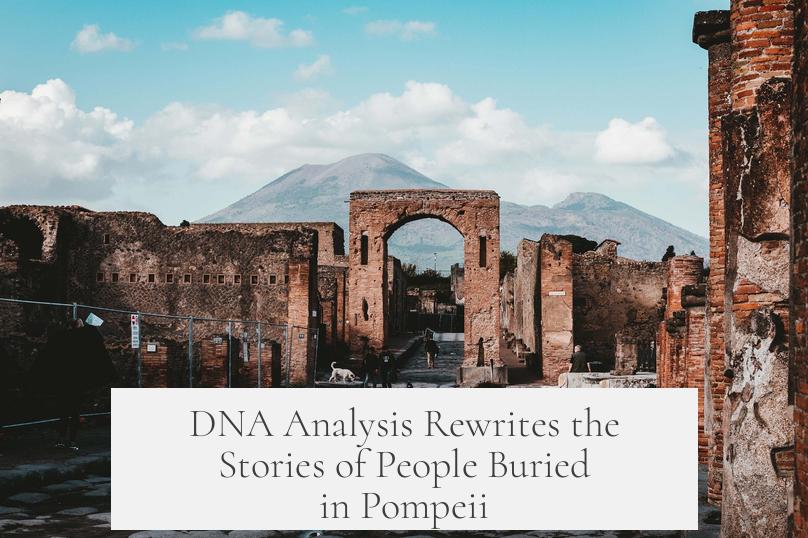
DNA analysis reveals that the people of Pompeii were not quite who history assumed them to be. For centuries, the plaster casts of the tragic victims have told one story: families frozen in terror, life stopped abruptly by Vesuvius’ deadly ash. But now, genetic testing muddies that clear-cut narrative with complexity, diversity, and unexpected relationships.
Pompeii—a snapshot of ancient Roman life trapped in volcanic ash—has long fascinated historians and archaeologists. The plaster casts, formed when molten ash hardened around bodies and their flesh decomposed leaving cavities, serve as haunting time capsules of the eruption of 79 AD. They show poignant moments frozen in time, like a man clutching a child, or lovers lying side by side. But DNA testing is shaking up what these scenes really mean.
Shattering Assumptions: The Real People Behind the Plaster
These plaster casts sparked powerful stories, often romanticized or idealized. The man holding a child seemed to be a devoted father protecting his daughter in her final moments. Yet genetic tests prove otherwise: they were unrelated by blood. So, does that mean the touching image is wrong? Not exactly.
Roman society had different concepts of family than we do today. Adoption was common, and the man could have believed the child was his daughter, or been a guardian. In fact, without modern DNA testing, he had no way to confirm biological ties. This rewrites history by showing us that emotional bonds mattered as much as genetics.
It is a reminder that historical narratives often impose modern assumptions on past societies. Pompeii’s victims were real people with complex lives, not just roles in a tragic tableau.
Diversity and Demography: Pompeii Was a Melting Pot
DNA analysis also reveals demographic complexity previously unknown. Far from a uniform Roman town, Pompeii was a mosaic of different ancestries and backgrounds. This diversity challenges the simplistic idea of a homogenous population.
From genetic markers, scientists detect influences from Mediterranean, North African, and even Northern European populations. This makes perfect sense for a bustling Roman trade hub, but hadn’t been confirmed before genetic tools came into play.
When we think about Pompeii, we imagine a snapshot of Roman life. But the DNA tells us it was also a snapshot of ancient globalization long before it became a buzzword.
The Mystery of the Plaster Casts: Frozen in Time or Something Else?
The plaster casts themselves provoke many questions. Many figures appear peaceful, some even embrace each other calmly. There’s a baffling lack of visible panic or thrashing one might expect if these people were buried alive, choking on ash and gas.
How could they be so still? Were they already dead when the ash hit, or—surprisingly—perhaps asleep? Some researchers suggest people may have died instantly or very quickly from pyroclastic flow, bypassing horrible suffering. Others find this hard to accept because the positions seem too serene.
Then there are mysteries about the preservation process. How did archaeologists find the exact hollow shapes of bodies decades later? Ash hardened like concrete, but the bodies decomposed inside. Usually, bones remain, yet these hollows lack them intact. How did plaster casts avoid air bubbles, perfectly filling these cavities? It’s a delicate operation that required precision, skill, and perhaps some luck.
Also intriguing: The casts preserve clothing textures but no blankets, cushions, or bedding—not typical if people were indoors and caught suddenly inside homes. Does this imply many were outdoors? More research is needed.
Science vs. Speculation: Redefining Historical Truths with DNA
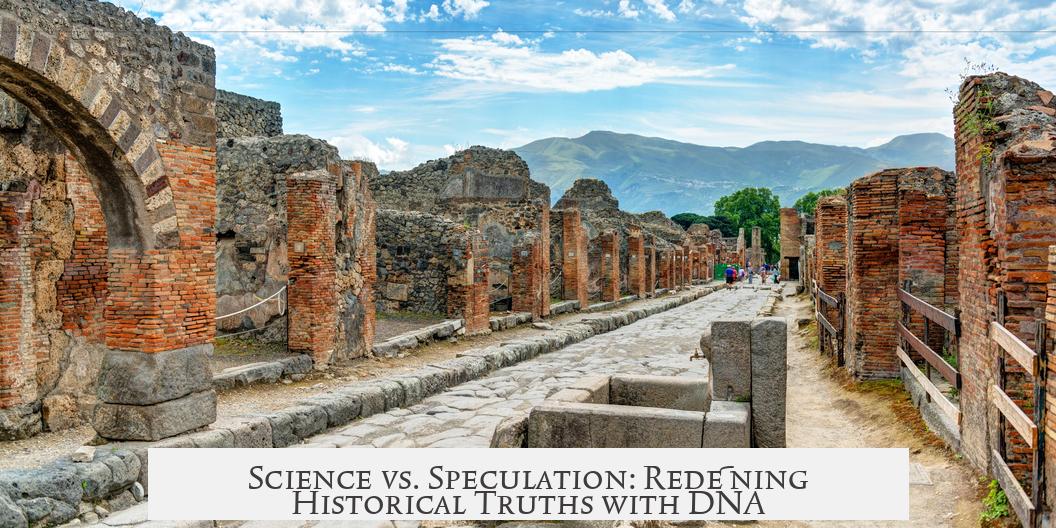
Before DNA analysis, much of the Pompeii story was speculative, driven by archaeological interpretation and imagination. Now, science debunks some of these old myths and replaces them with evidence-based realities.
Error-prone stories, like familial ties presumed from poses, crumble under genetic scrutiny. This doesn’t make the scenes less meaningful—it makes them more human. We understand ancient Pompeiians as real, messy, diverse people, rather than idealized snapshots.
What Can We Learn? Practical Insights and Reflections
- DNA analysis teaches caution in reading history. Archaeological finds are clues, not complete stories.
- Family isn’t always about bloodline. Emotional and social bonds count, as shown by Roman adoption practices.
- Population diversity existed even in ancient times. Pompeii was a globalized town with mixed origins.
Imagine the shock of uncovering DNA results that contradict centuries of accepted “truth.” It’s a lesson in humility and curiosity for historians and archaeologists alike. Our ancestors’ stories are multithreaded, just like ours.
Final Thoughts: New Stories from Old Ashes
DNA analysis breathe new life into the town buried under volcanic ash over 1900 years ago. It challenges us to reconsider what we thought we knew—about family, identity, and death in Pompeii.
Next time you see the plaster casts or read about the eruption, remember: the truth is richer, stranger, and more touching than the first glance suggests. The cast figures were real people with unexpected connections. Their stories, rewritten by science, remind us of the enduring complexity of human life.
So, what do you think? Are you ready to see Pompeii through a new, genes-powered lens?
